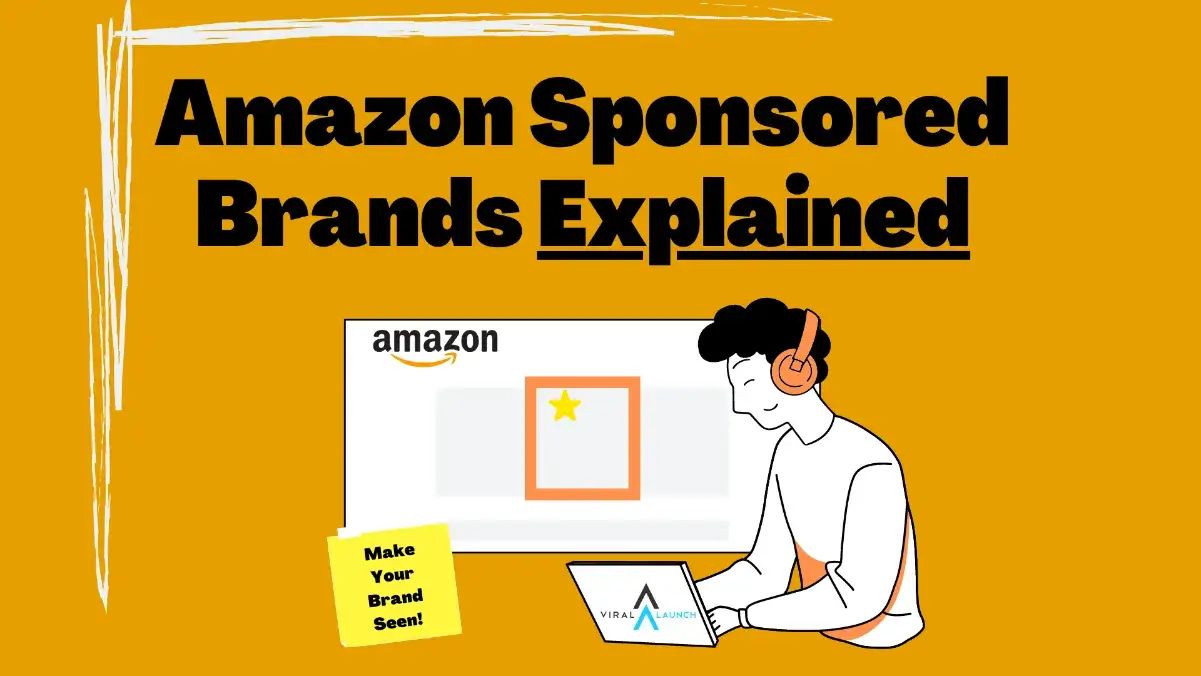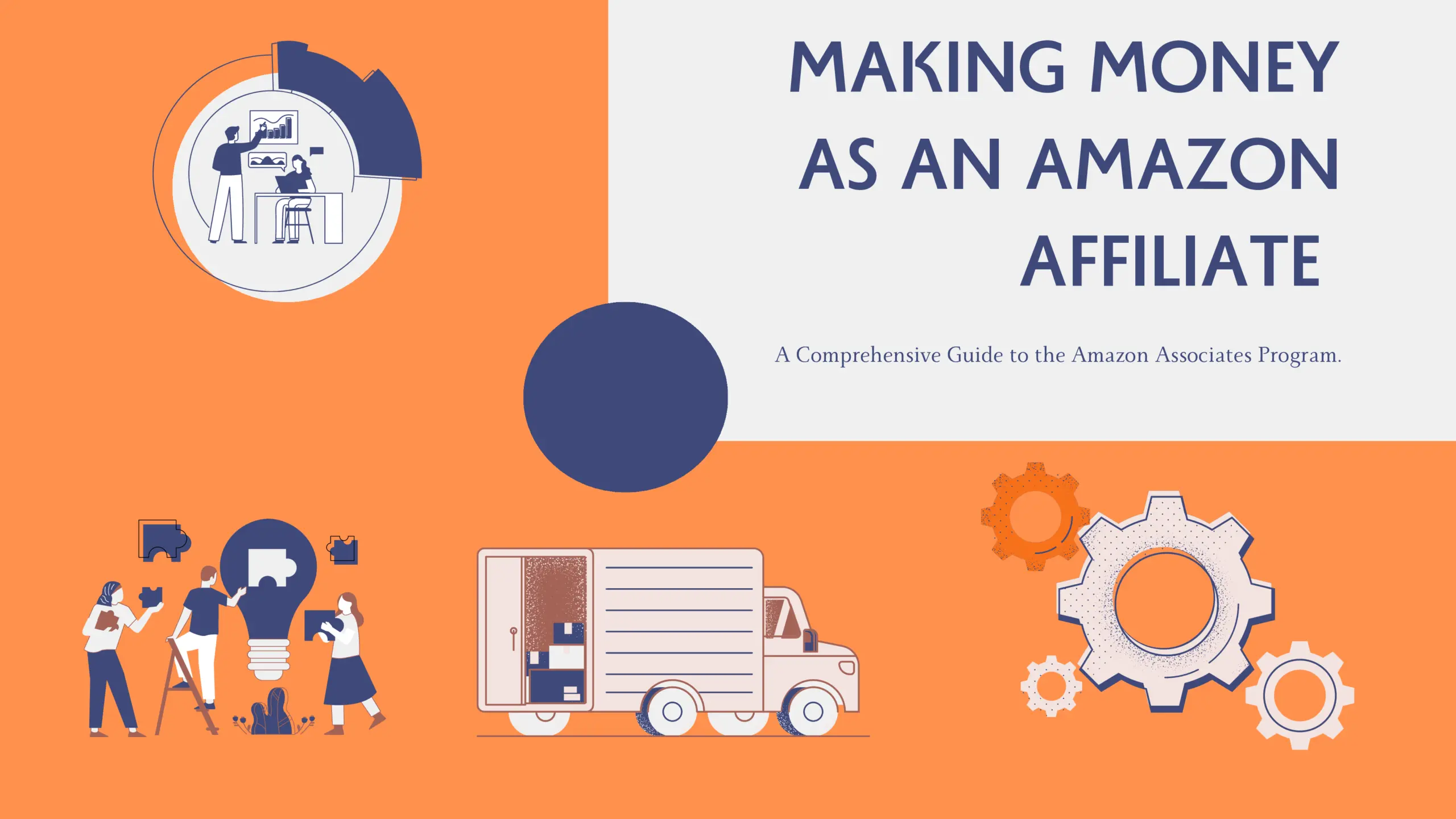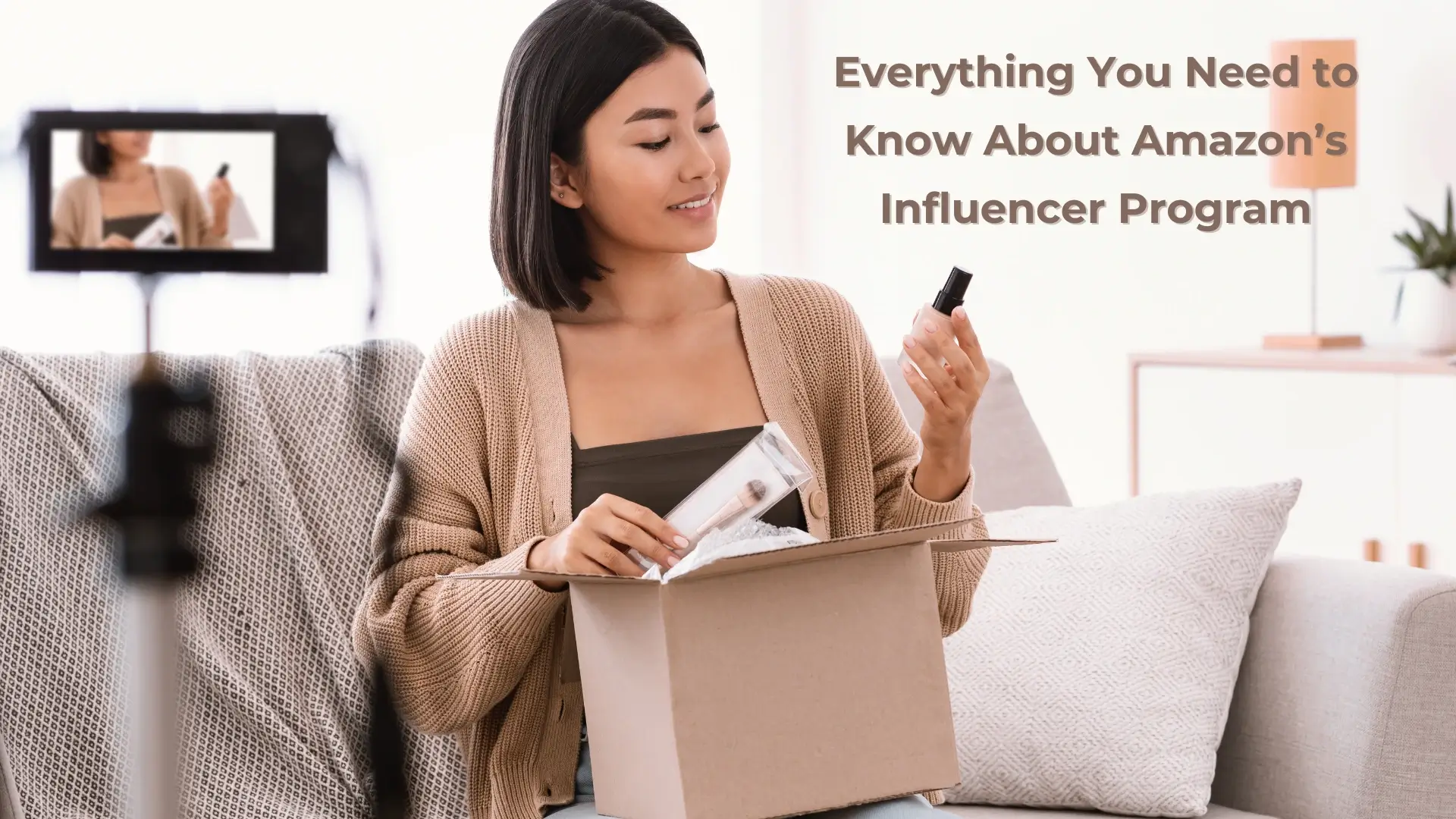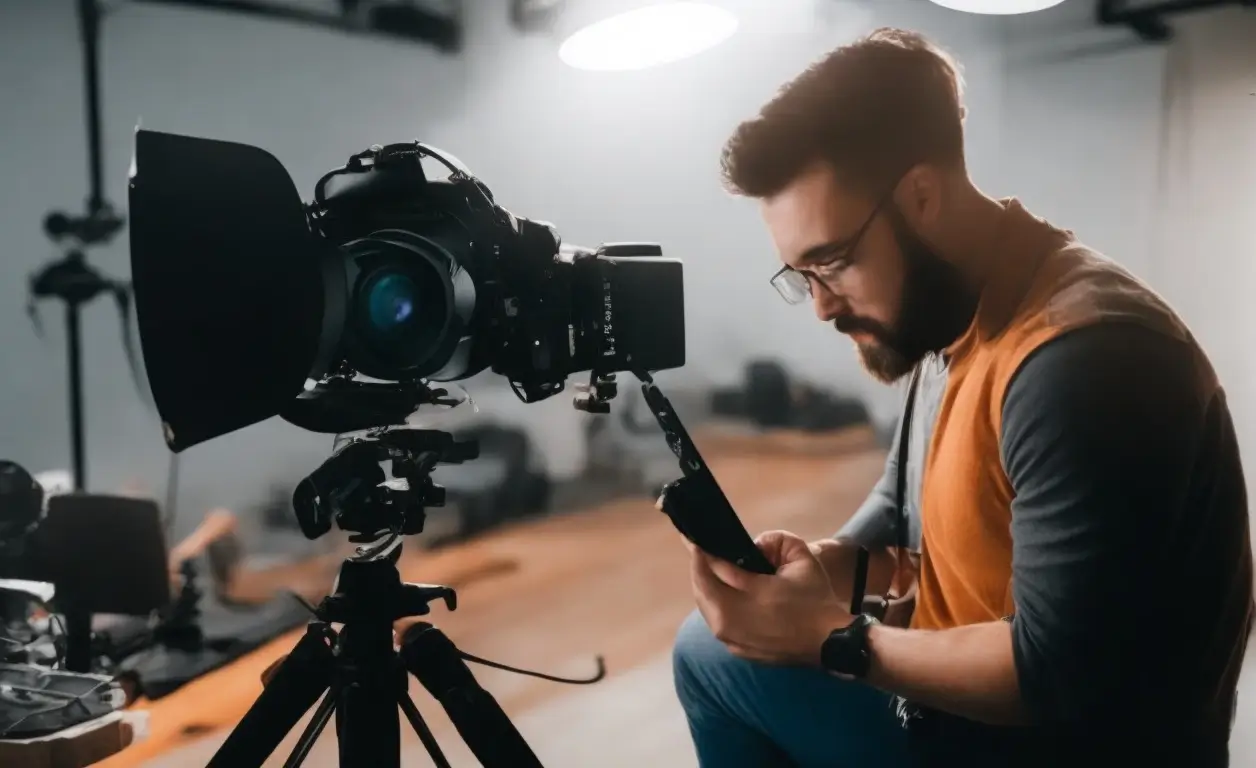What is Amazon Sponsored Brands, how does it work, and how can it help you grow your online business? We answer those questions and more.
When it comes to selling on Amazon, visibility is the name of the game. As product markets mature and become saturated, earning that visibility becomes increasingly difficult.
So how can you avoid getting lost in the sea of products?
For some, the answer is advertising.
Just as companies can spend money to advertise on television, radio, or other platforms with an audience, Amazon sellers can advertise directly on Amazon. Since exposure is such a valuable element of selling on Amazon, any opportunity to differentiate your products or brand from the competition should be explored.
Amazon offers a few unique ways for sellers to advertise their products. We’ll take a look at all of them in the near future, but today we’re zeroing in on Sponsored Brands, formerly called Headline Search Ads, or HSA.
[Suggested: What is Amazon PPC?]
Overall, Sponsored Brands allow Amazon sellers to showcase their product line and shine a light on their brand in a unique way. Since the topic of advertising can be foreign for many sellers, we’ve answered a few of the common questions below to help you understand what it is and if it’s an avenue worth pursuing to grow your business.
Can I use Sponsored Brands?
If you have successfully signed up for Amazon Brand Registry, yes! No matter if you’re an individual seller, vendor, or agency, you can utilize Sponsored Brands advertising to improve discoverability.
[Check out: A Seller’s Guide to Amazon Brand Registry]
Additionally, enrolling in Amazon Brand Registry comes with a bevy of benefits such as Enhanced Brand Content, protection from resellers, customizable product pages and storefronts, and more. Amazon continues to add new features regularly for brand registered sellers, so becoming registered could open up possibilities you didn’t know existed!
Why would I use Sponsored Brands?
Simple! To get your product in front of more customers.
With so many products on Amazon, it’s easy to get lost in the mix. By utilizing Sponsored Brands, you take control of spearheading your efforts to be seen by more customers. As a seller, you can follow all best practices, but you still need customer visibility or else those efforts go to waste.
Products with positive reviews, high-quality images, and sales-inducing copy optimized for search are more likely to convert clicks to sales, but earning that click can be difficult with increased competition.
In addition to increasing visibility for sales, Sponsored Brands also allow sellers the opportunity to drive brand recognition like never before. Since most Amazon sales happen via search and not through storefronts, the options for promoting and growing your brand have been limited. With Sponsored Brands, Amazon businesses now can stand out from the crowd, drive traffic, and build loyalty.
Where would customers see my ads?
While Amazon allows for advertising in a few forms that appear in various locations, Amazon Sponsored Brands ads appear in three areas:
- At the top of search results for selected or relevant search terms
- At the bottom of search results for selected or relevant search terms
- On product detail pages for similar or complementary products
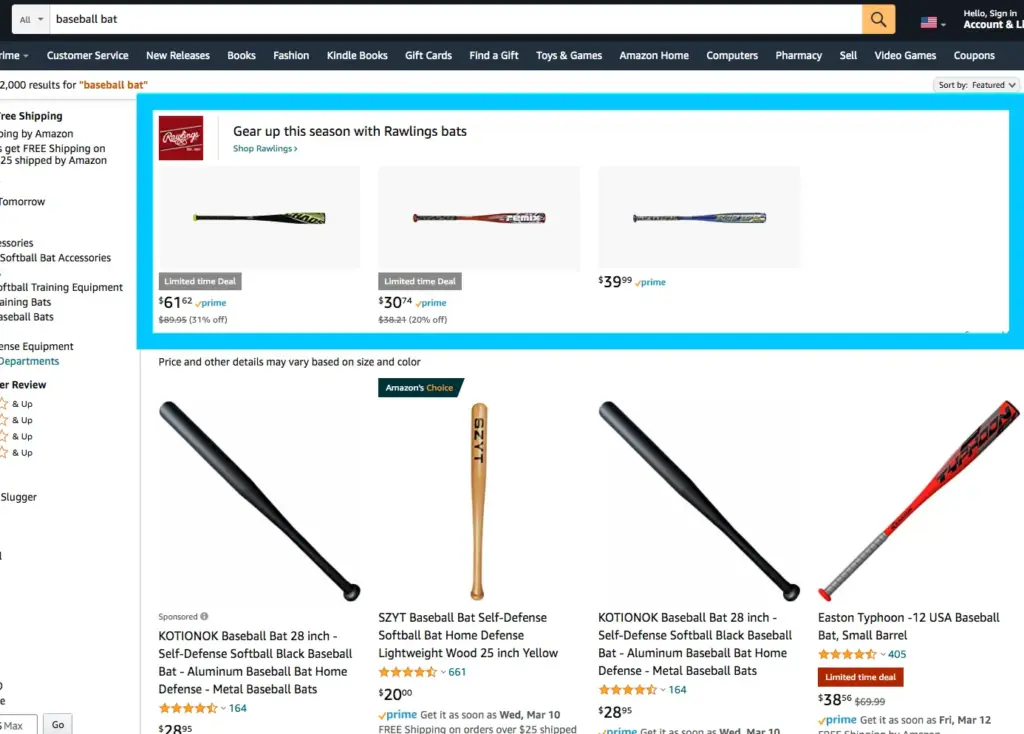
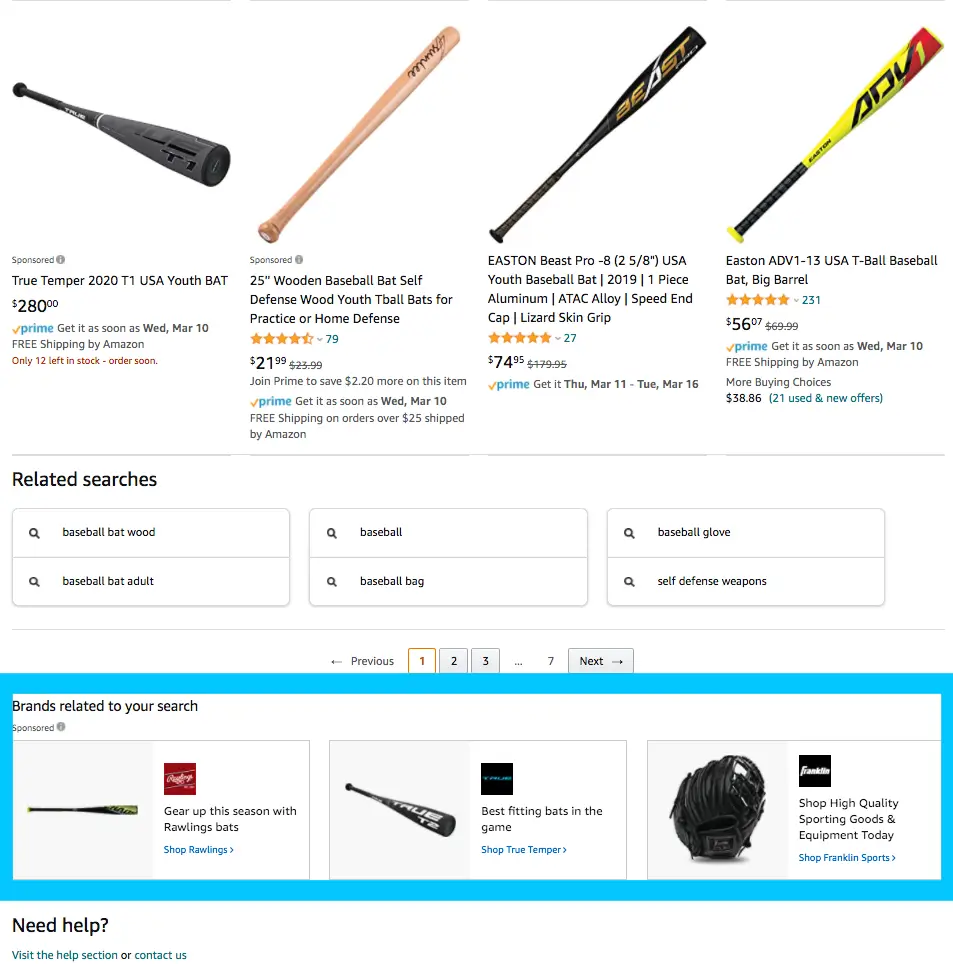

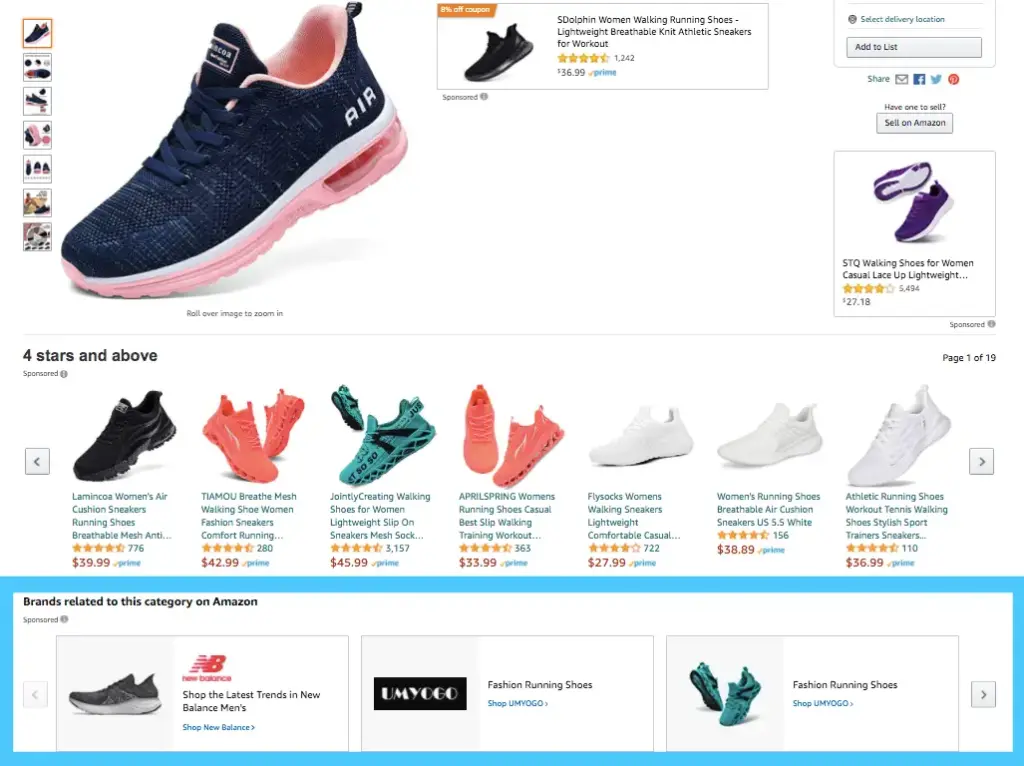

Depending on your account, you may also be able to display Sponsored Brands videos in search. If you’re enrolled in Brand Registry, check within your account to see if you’re eligible for videos. Within search results, they’re a surefire way to stand out from competing products, quickly highlight features, and explain your product in a way others can’t!
How can I make the most out of Sponsored Brands?
To achieve optimal results, make sure your ads are visually pleasing and interesting while capturing your brand voice. You want customers to walk away from your ad with an understanding of what your brand is about and give them a reason to click on your ad to see your linked store.
Successful ads will have professional quality creatives that accurately represent your store. With customizable layouts to choose from, you gain even more control over how your brand will be viewed.
“Sponsored Brands is a visually appealing advertising format and we believed it was important to incorporate it into the strategy from the beginning, especially because it can be the first thing that appears when someone searches for anything relevant on Amazon. We knew based on prior experience there was demand for that ad space and we wanted to appear in results before our competition.”
Pilar Martínez Sanz, Senior Consultant, Labelium
This means you can create ads that best showcase your brand and have control over how you want to tell your brand story on Amazon.
How can I measure the performance of my ads?
As Amazon continues to evolve its advertising options, they’ve updated how you measure performance. Instead of leaving you in the dark on how your advertising efforts are performing, Amazon includes built-in metrics to inform you of the impact they’re having.
Specifically, Amazon recommends three metrics to gauge performance:
- Impressions
- New-to-brand metrics
- Return of ad spend (ROAS)
Impressions are defined as when an advertisement is displayed on a user’s screen. For example, if a customer makes a search and your ad appears, it counts as an impression whether or not the customer clicked on your ad. This can help you gauge how often it’s shown to customers and serves as a helpful statistic to understand an ad’s reach. Perhaps just as important, you can also view your click-through rate (CTR), which tells you the percentage of those impressions that are being clicked on.
New-to-brand metrics can be especially helpful for established brands, as they gauge ad performance in regard to customer acquisition. These educate you on if your ads are doing based on each customer’s familiarity of your brand. Are your ads growing your brand to new customers and/or appealing to previous customers? These metrics inform you of those aspects.
Return on ad spend evaluates your campaigns’ efficiency from a monetary perspective. The higher the ROAS, the more bang you’re getting for your buck. Think of this as your return on investment metric.
While not displayed in your Seller Central dashboard, the almighty organic rank can be influenced by your ad performance. As customers find your products and brand through search and make purchases, you’ll likely see your organic rank improve as a result.
Since this isn’t displayed in your Seller Central metrics, it may be difficult to monitor. Utilizing a third-party tool such as Listing Analyzer that tracks organic and advertising rank for individual ASINs over time can be a hack to understanding the relationship between advertising and rank when doing product-specific ads. With brand ads, this can be a little more difficult. But if you notice that a specific product is earning more clicks and purchases due to Sponsored Brands, you’ll likely notice a correlation with organic rank.
As any experienced seller will tell you, there may not be a more critical way to achieve heavy sales volume in a cost-efficient way than organic rank.
How can I get started with creating my Sponsored Brands ads?
If you haven’t experimented with Amazon advertising in the past, you must go to advertising.amazon.com and register to access the advertising console.
Once registered or if you’ve had experience advertising on Amazon, you just need to sign into your seller account and select the Sponsored Brands campaign type and follow the step-by-step instructions to setup your advertising campaign.
Within the instructions, you’ll be able to customize a few aspects of your ad based on your goals and resources. Based on what you’re looking to get out of your ads, you can select your start and end dates, as well as your daily budget.


As you walk through the settings, you’ll have the option for product targeting or keyword targeting ads. Keyword targeting makes your ad eligible to be shown when customers make searches. Depending on the product market, you may want to consider if it makes more sense to spend money on the primary keywords, which likely have a higher cost per click, or low-medium keywords with less competition and may allow for higher efficiency.
Product targeting allows you to be strategic with targeting competitors. Have a similar product to a high-performing competitor at a lower price? Noticed a top-seller has a string of negative reviews that might cause customers to buy elsewhere? These are just a couple examples of how you can create product targeting ads on prime real estate.
It may be beneficial for those starting out to start off with a smaller budget and let the ads run for a few weeks to develop a respectable, reliable sample size.
As you let the beginner campaigns run, you can make tweaks and modifications to monitor performance. Experiment and figure out what works well and what turns customers away. Split testing ads as you get started can be ideal for multiple reasons.
While risking short-term losses is tough to get excited about, it’s all about the long run. Suppose you are serious about implementing ads into your marketing. In that case, the short-term loss while testing out various ads, targeting types, and designs can pay off exponentially with developing your strategy. Each product market will have unique differences that impact performance, and experimentation across various ad types can help accelerate the learning curve.
In Closing
As competition among Amazon sellers heats up, the importance of executing intelligent strategies become amplified. Since exposure is a prerequisite for sales, every opportunity to get more eyeballs on your products and increase brand familiarity should be explored.
Amazon Sponsored Brands is undoubtedly worth looking into for anyone eligible for it. Amazon Advertising has generated plenty of money for Amazon and driven tons of sales towards those doing it right. As Amazon continues to expand and evolve the marketing opportunities for sellers, it’s better to be an early adopter of these methods.
Gaining brand recognition on Amazon has been a challenge since the marketplace began accepting third-party sellers, with rare exceptions like Anker being rewarded handsomely for achieving such high stature. Now, as Amazon increases opportunities to separate your brand from your competition, Sponsored Brands ads could be a silver bullet for expanding and scaling your Amazon business.
Want informative guides on Amazon PPC and other ways to grow your Amazon business? Type your email below to get our weekly updates sent directly to your inbox!
